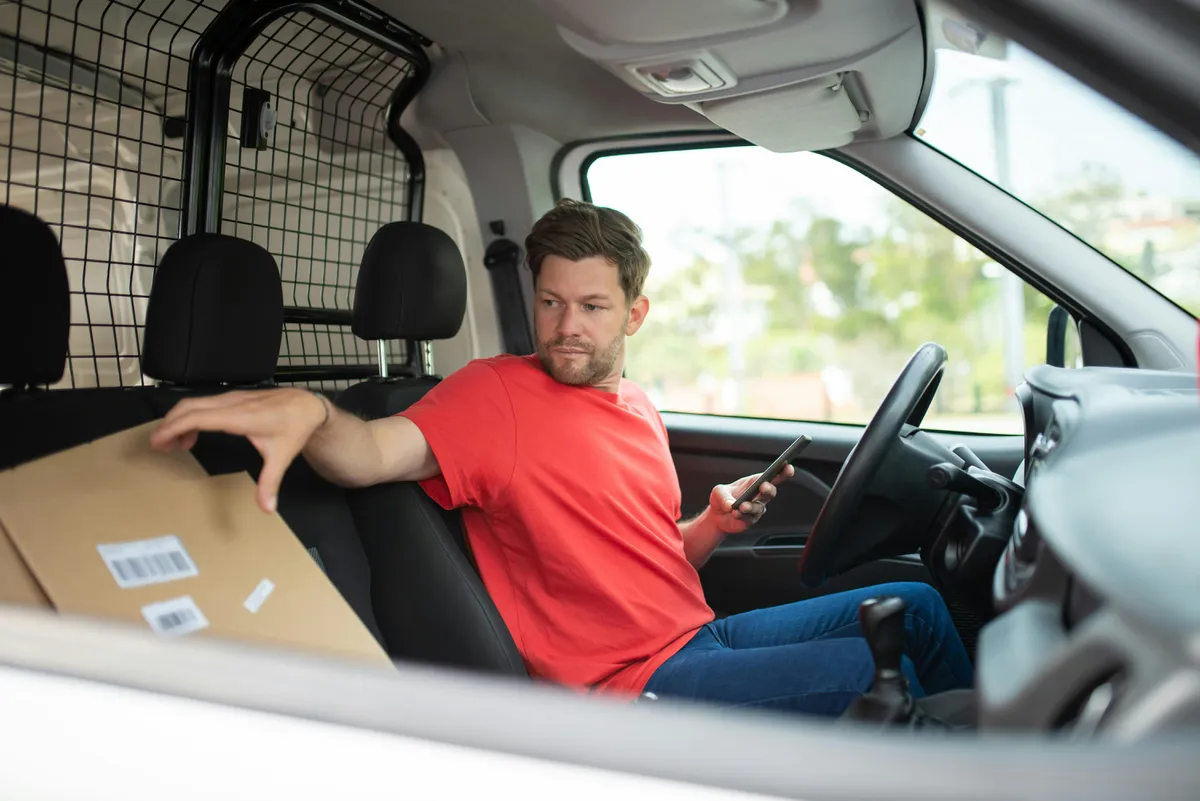
Packaging logistics may not sound like the most exciting topic, but if you’re a brand wanting your products to reach customers intact, on time, and without spending a fortune, it’s important. Good packaging design involves more than you think. With 34% of packaging-related returns due to product damage and 41% of consumers developing a negative view of a brand when a package is lost, delayed, or damaged, reliable packaging is more important than ever.
Packaging designers need to think about factors like saving on transport costs, maximising storage, and ensuring a smooth journey through the supply chain. There’s nothing worse than waiting around for a product to arrive, only to find it’s broken before it arrives. In this article, we’ll look into how optimising packaging can make all the difference in logistics, from reducing costs to supporting sustainability.
At Noramble, we understand that packaging design is also about performance too. We design with the whole journey in mind, from warehouse to doorstep. Let’s break down the strategies for creating packaging that’s both efficient and effective.

When designing for logistics – the size, shape, and materials make all the difference. The goal? Keep packaging as compact and lightweight as possible while still protecting the product. You don’t want to ruin someone's unboxing experience by delivering a broken product. It’s all a balancing act: go too minimal, and you risk damage; go too bulky, and you’re wasting space (and money).

Efficiency in Design: Case Studies
John Lewis revamped its packaging design to use modular boxes that can be configured to fit various product sizes. This approach minimises excess space in each package, reducing material usage and maximising transport efficiency. It also improves stacking in warehouses, lowering both storage and shipping costs – benefits that keep John Lewis competitive and environmentally conscious.

Image source: Behance.net
Boots adopted reduced-plastic packaging across its beauty and skincare ranges, cutting down on materials and waste. By shrinking packaging size and using recyclable materials, Boots has streamlined its supply chain, with packaging that’s lighter, easier to handle, and better for the environment. It’s a step that reduces costs, enhances sustainability, and resonates with eco-conscious customers.

Image source: boots.com
Tesco took a fresh approach to packaging its produce by removing excess plastic and opting for compostable and recyclable materials. This shift has improved product handling and reduced waste, all while lowering transportation and disposal costs. Tesco’s sustainable packaging keeps supply chain operations efficient and aligns with its environmental goals, setting a strong example in retail logistics.

Image source: collectandrecycle.com
If you’ve ever taken an IKEA bookshelf home without renting a moving van, you’ve experienced the magic of flat-pack design. IKEA’s flat-pack strategy allows them to save on transport costs and warehouse space, making it cheaper and easier for customers to get their hands on furniture. This design approach keeps logistics efficient, reduces storage needs, and supports IKEA’s mission to deliver affordable, accessible products.

Image source: Ikea.com
Packaging affects every step of the supply chain. Poorly designed packaging can lead to increased product damage, higher return rates, and extra costs for handling and shipping. That’s why working with a skilled packaging designer is a game-changer – they consider all these logistics challenges, so you end up with a brand design that’s both functional and fantastic. It’s a win-win! Efficient packaging, on the other hand, minimises handling needs and streamlines loading and unloading, reducing labour costs and speeding up deliveries.
Inefficient packaging isn’t just costly for the business; it’s also tough on the planet. Bulky, irregular packaging takes up more warehouse space, increasing storage costs and carbon footprints. Streamlined packaging that’s recyclable or biodegradable can reduce both environmental impact and costs.
Designing packaging isn’t just about keeping things compact; it’s about balancing protection, cost, and brand appeal while avoiding logistical headaches. A packaging designer can be invaluable here, ensuring that every detail works in favour of your product’s journey from warehouse to customer doorstep. Designers bring expertise in optimising size, weight, and materials, helping prevent common issues like excessive packaging, breakage during transit, and wasted space in storage. They know how to create packaging that stacks well, ships easily, and minimises environmental impact—all without sacrificing visual appeal. A great designer is there to create solutions that strengthen your brand and streamline the entire supply chain.
👉 Prototype Testing: Test packaging to minimise damage in transit.
👉 Minimalism in Materials: Less is more, as long as it’s protective.
👉 Reusable Designs: Explore ways to make packaging reusable, adding brand value.
👉Keep packaging simple yet effective for your product’s needs.
👉 Use optimisation software to help maximise storage and transport dimensions.
Effective packaging design can reduce costs, minimise environmental impact, and create a more streamlined supply chain. With the right approach, your brand’s packaging can actually support sustainability, reduce waste, and keep your products moving efficiently. A packaging design agency can answer all your questions – they can design something you’re actually proud of that will arrive safely. If your business is ready to elevate its packaging for efficiency and impact, reach out to Noramble. We’re here to create smart, sustainable designs that work across the supply chain.